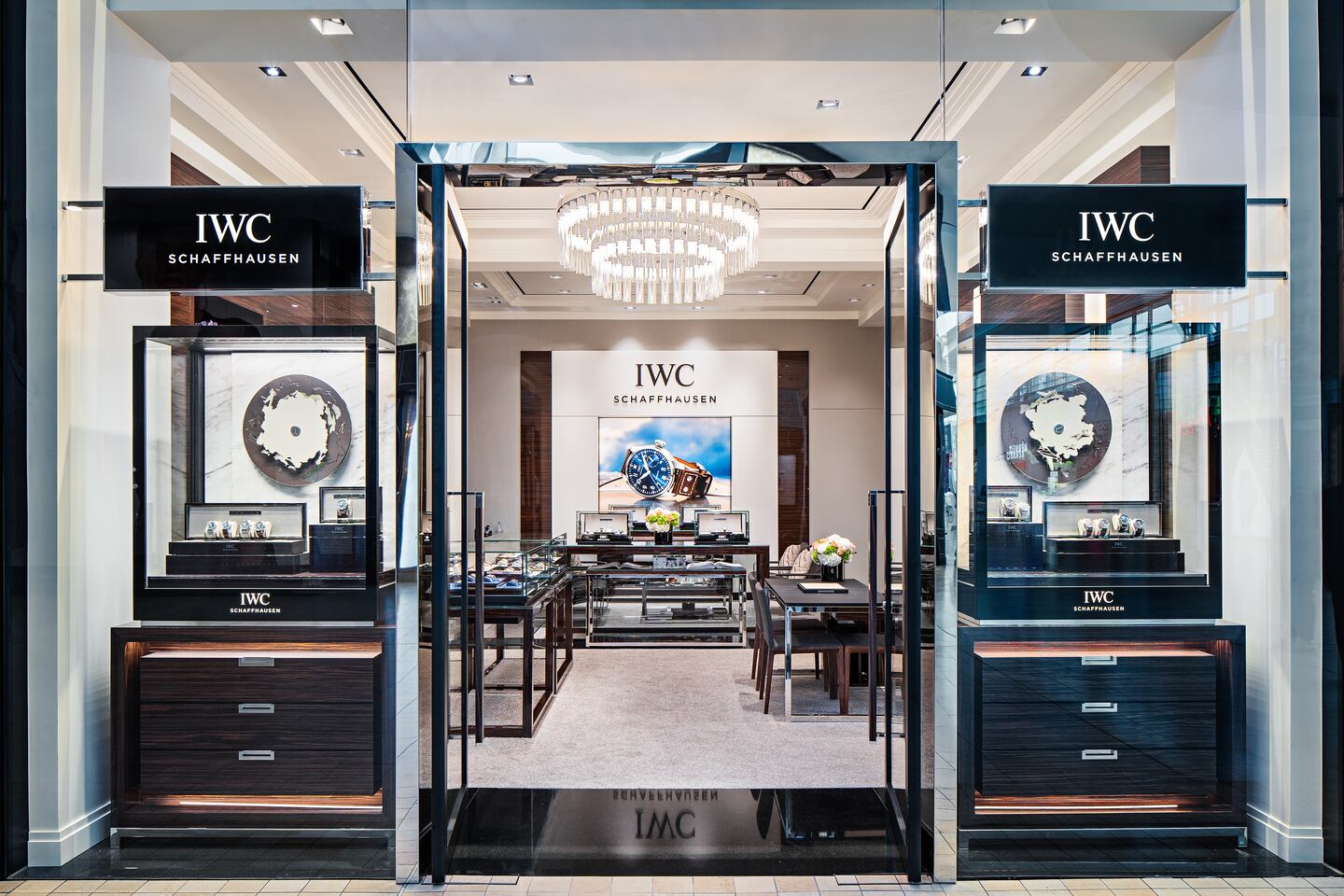
The Business of Fashion
Agenda-setting intelligence, analysis and advice for the global fashion community.

Agenda-setting intelligence, analysis and advice for the global fashion community.

SCHAFFHAUSEN, Switzerland — IWC Schaffhausen has always been an outlier in the Swiss watch industry, founded by an American and nestled on the German border, away from the cluster of other manufacturers. Now it's attempting another counter-intuitive move.
The watchmaker is pouring more resources into the US, a market that has proven tricky for Switzerland’s famous brands because consumers there don’t have the same appreciation for intricate timepieces as people in Europe and Asia, source of most of the industry's growth. Instead, the Apple Watch has taken the US by storm, making it ever harder to convince buyers to splash out thousands of dollars on what they perceive as a gimmick that principally does one thing: tell the time (and probably less accurately than a smartwatch.)
But now IWC is sensing a “spark” in the US, as chief executive Christoph Grainger-Herr puts it. “There is an audience that is more receptive to the message of a mechanical watch than before,” he said.
It's a timely shift. Just last week, parent company Richemont signalled that Chinese sales growth has slowed and warned that trade disputes could dent demand. Asia remains by far the most important market for most watchmakers: Swiss watch exports to China and Hong Kong jumped some 30 percent each in the last two years, compared with a 2 percent rise to the US. IWC boasts 23 shops in China, versus six in the US.
ADVERTISEMENT
Under new leadership, IWC has bold plans for the US. Grainger-Herr, 40, wants to add four retail outlets next year, with a focus on the East and West Coast as well as Texas and Atlanta. Within five years, he wants to more than double revenue in the country, which Bank Vontobel AG estimates stood at about 80 million CHF ($79 million) last year, or a 10th of its total.
The brand has recruited actor Bradley Cooper as ambassador, and will introduce two more marketing campaigns aimed at the Americas in coming years. It started its first online shop in the country last year.
IWC is well-placed to capture a US mechanical-watch renaissance: the brand has a more accessible price point than Patek Philippe and many Rolex timepieces, and it has a strong line-up in aviation, military and sports-themed timepieces that typically sell well in the US. Among its bestsellers are the Pilot and Portugieser watches that typically retail in a range of $4,000 to $8,000, though the company also has a few ultra high-end pieces costing the price of a family home. Competitors include Breitling and Jaeger le Coultre, which is also owned by Richemont.
“It’s probably a good product for the US as it’s luxury, but without the hefty price tags some very complicated watches have,” said Bassel Choughari, an analyst at Syz Asset Management in London.
Founded by American watchmaker Florentine Ariosto Jones in 1868, International Watch Company was created in Schaffhausen, Switzerland, to produce high-quality movements and pocket watches for the US market. Jones brought the industrialised assembly line to the old-fashioned Swiss industry. Some 132 years after it was founded, Richemont acquired the brand in 2000.Previous CEO Georges Kern built what had been a sleepy brand into one of Richemont’s largest. Under his leadership, IWC drew criticism for pitch lines that were deemed sexist, including “almost as complicated as a woman, except it’s on time.” Kern jumped ship to take charge of Breitling last year.
Underscoring IWC’s importance within the Richemont empire, the company splashed out millions on a new facility for components, movements and cases that opened this year. The sleek low-slung building —part Bond-villain lair, part aseptic assembly line — is wrapped in a full-length glass facade, enveloping more than 200 artisans working on movements and watch casings.
“We spent the last 10 years building distribution in China, working it from infancy to where we are today,” Grainger-Herr said. “Now’s the time to go beyond Asia and Europe and focus on the US. If you do it right, it’s a very domestic market in the end and very loyal once you put in initial investment.”
By Corinne Gretler; editor: Benedikt Kammel
From analysis of the global fashion and beauty industries to career and personal advice, BoF’s founder and CEO, Imran Amed, will be answering your questions on Sunday, February 18, 2024 during London Fashion Week.
The State of Fashion 2024 breaks down the 10 themes that will define the industry in the year ahead.
Imran Amed reviews the most important fashion stories of the year and shares his predictions on what this means for the industry in 2024.
After three days of inspiring talks, guests closed out BoF’s gathering for big thinkers with a black tie gala followed by an intimate performance from Rita Ora — guest starring Billy Porter.